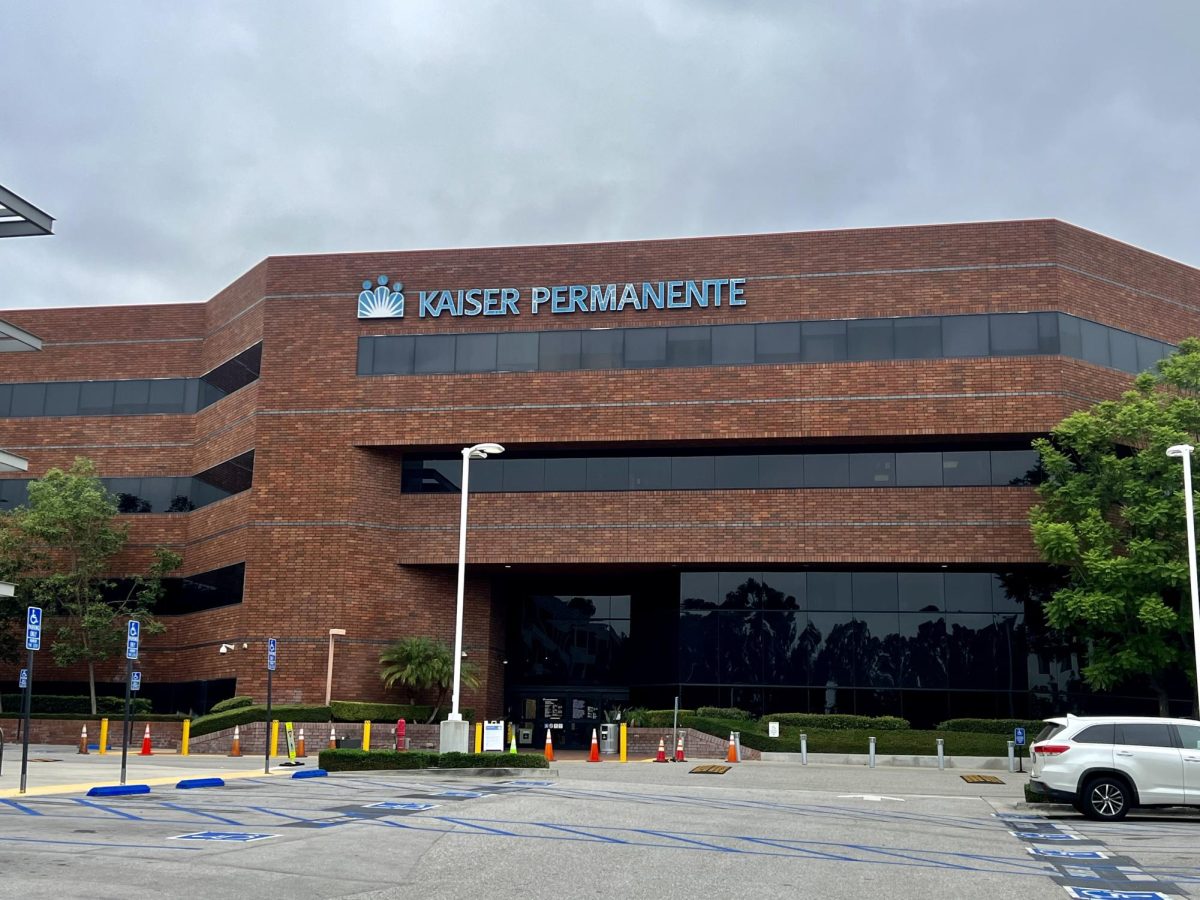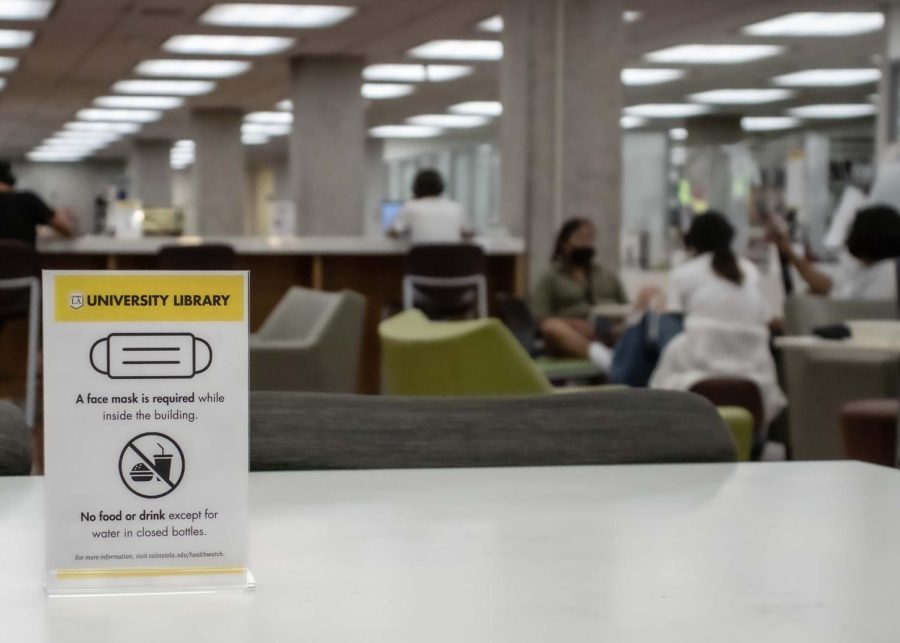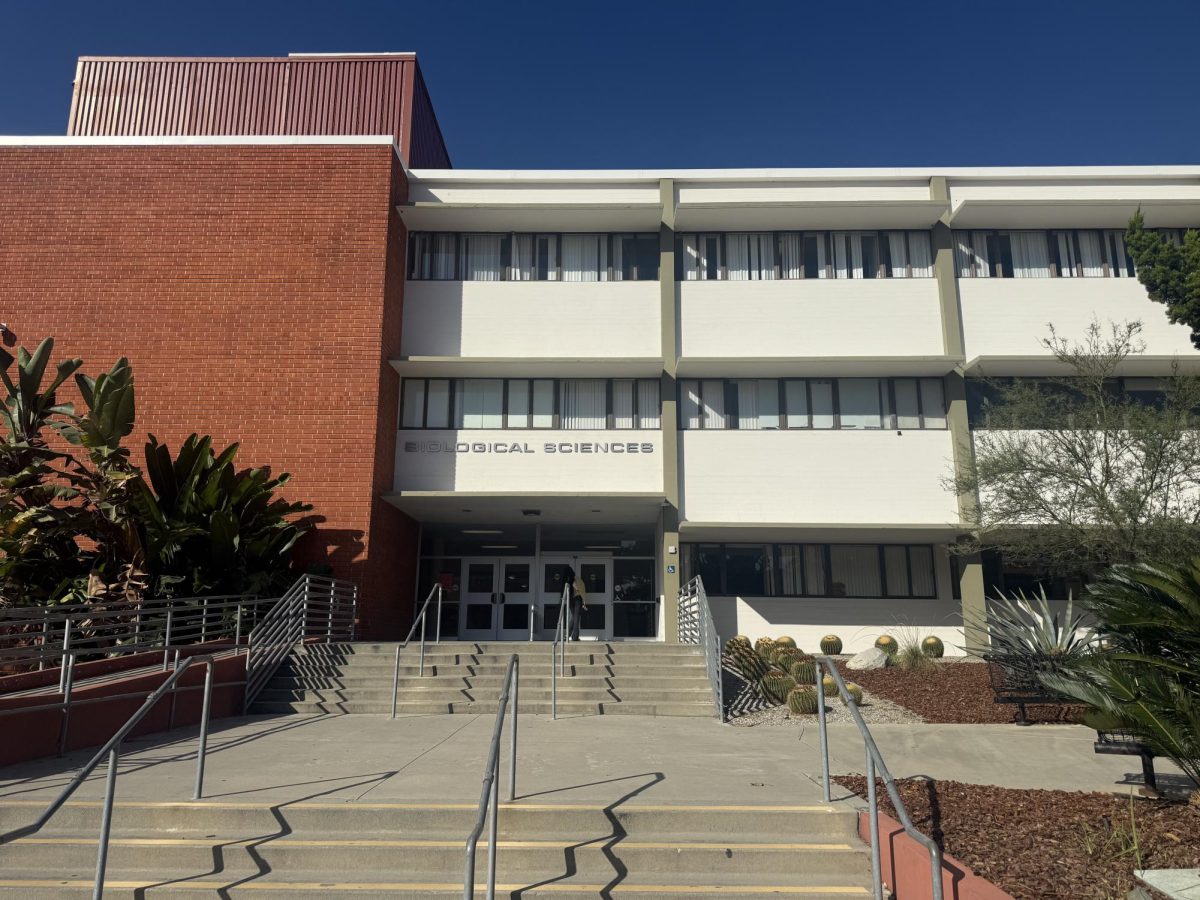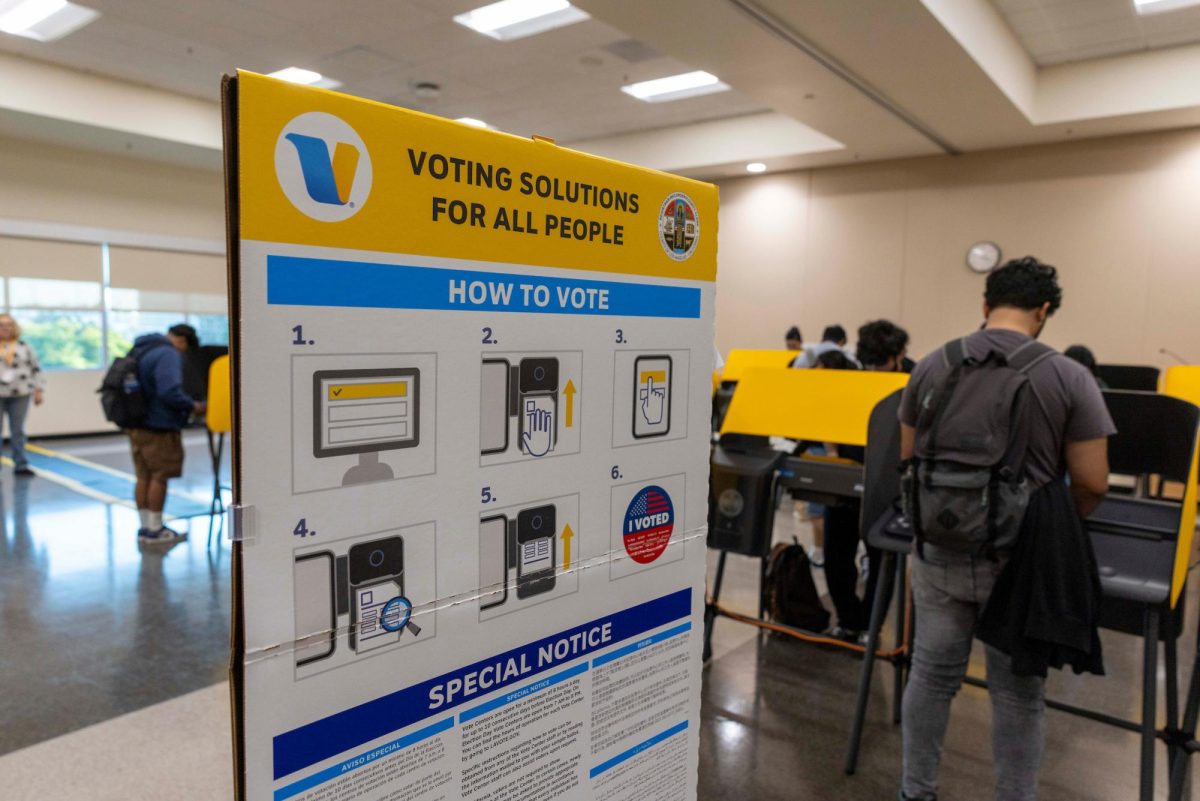Gabrielle Flores, a teacher’s assistant at Ford Blvd Elementary School and Cal State LA student, said life feels “unbalanced” having to transition from going to work to having to work from home.
She said that the challenge students face transitioning from school to home is not having access to needed technology, which is required to continue the school work.
Last month, California State Superintendent of Public Instruction Tony Thurmond announced in a letter to school district officials that schools will likely remain closed throughout the remaining school year, extending the struggles of teachers and students during this online education phase brought about by the pandemic, according to the Los Angeles Times.
“It is hard not being active and working in the classroom,” said Flores. “Some students are homeless and do not have the shelter needed to use their Chrome book… Part of this job is making sure that each child gets an equal opportunity of learning, ” said Flores.
Nadia Contreras, a high school senior at Mendez High School said the thought of graduating kept her going as her primary focus was working her way to her school’s graduation stage. Now, her primary focus is navigating her school’s transition to online classes.
“The most challenging part in this transition is the use of different sites,” says Contreras as she struggles to maintain her grades and continue with doing work at home.
Contreras feels it’s a lot more “overwhelming” at home, making assignments hard to keep up with.
“Every teacher is different and gives different websites for work assignments, which gets tricky,” Contreras said.
Teachers are resorting to programs such as Google Classroom, Schoology, Zoom and Seesaw to continue instruction remotely.
The transition from learning at school to being forced to continue schoolwork at home has been challenging for students and teachers alike.
Yvonne Batshoun-Gonzalez, a second-grade teacher at ICEF Vista Elementary Academy said it’s “powerful” being able to physically teach your students how to do simple acts such as “what to erase” and show them “exactly what it is that you want them to do.” She added, “It’s just not the same through a computer.”
Miguel Navarro, assistant principal at Marvin Avenue Elementary and Language Magnet, said it has been a “major learning curve.” Before teachers at his school prepared for their school’s switch to online classes, they had to create homework packets within three days for students to work on in the meantime.
“We’re trying to plan ahead, but ahead is really just trying to stay afloat,” said Navarro. While he said he can’t speak on behalf of LAUSD, which Marvin Avenue is a part of, his assessment is based on his school.
In efforts to help students continue learning at home, devices are given to students, but that may not be enough sometimes. In Navarro’s school, there are almost 700 students, but only 300 devices for students.
Some students that have gotten a hold of a device still find themselves facing challenges with their school work.
“Most students’ families are in survival mode at this point,” said Batshoun-Gonzalez. “Education can be low on their priority list.”



















